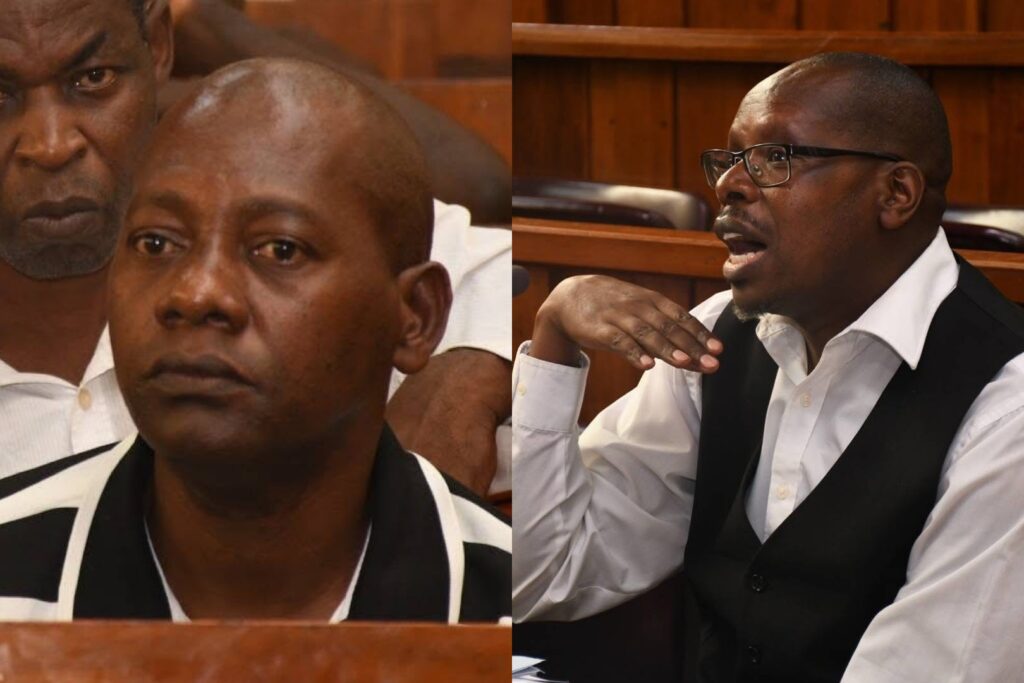A government analyst has dismissed claims that some DNA samples analysed in connection with the Shakahola tragedy came from animals, insisting that the profiling kits used are designed exclusively for human identification.
Testifying before a Mombasa court, Mr. Henry Kiptoo Sang from the Government Chemist said his team received 243 samples and 23 items from the crime scenes, including bones, nails, and cartridges.
The materials were tested to identify victims of the Shakahola massacre, believed to be followers of preacher Paul Mackenzie.
“The equipment we use is human-specific,” Sang said. “If one gets a sample that is not human, it could not generate any profile.”
Sang told the court that forensic experts had already identified 69 bodies from the DNA tests conducted so far. He added that 340 DNA profiles had been generated from postmortem samples, while analysis of 120 others was still ongoing.
He described the process as one of the most complex forensic exercises ever undertaken in Kenya, given the condition of the remains and the large number of reference samples collected from relatives.
Another witness, Mr. Michael Mwaria, a land surveyor with the Ministry of Lands, said his team had been called in by the Directorate of Criminal Investigations to map all structures in the Shakahola area. These included houses, water pans, holding bays, and graves — both exhumed and those yet to be opened.
The court proceedings are part of efforts to piece together what investigators have called one of the most chilling mass death investigations in Kenya’s history.
